EU tariffs on Chinese electric vehicles take effect, ushering in a new era of reverse joint ventures
![]() 10/12 2024
10/12 2024
![]() 579
579
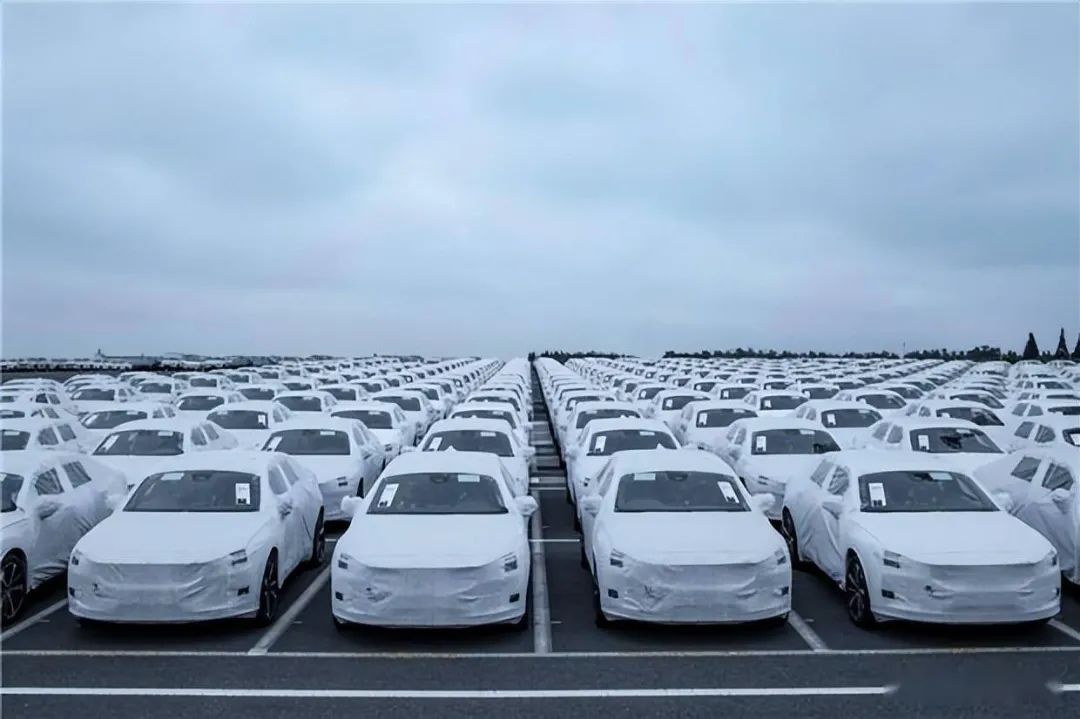
Introduction
Introduction
The automotive manufacturing industries of China and Europe urgently need to build new common interests.
"The outcome of the EU vote did not consider (China's potential) punitive tariffs! A trade war cannot be initiated, and disputes need to be resolved through negotiations."
On October 4, local time, just as representatives of EU member states voted to approve the draft final ruling on the EU's anti-subsidy case against electric vehicles submitted by the European Commission, German Finance Minister Christian Lindner posted the above tweet on his X homepage.

Photo | Objectively speaking, the core of Minister Lindner's tweet is not the first half, but the second half
On the same day, after repeated efforts by all parties, the so-called "anti-dumping" investigation into European electric vehicles exported to China, which had lasted for nearly a year, still failed to avoid being approved by a majority vote in the European Parliament.
Who is in favor and who is against
According to the EU's framework rules for foreign trade, the vote on whether a country's goods are subsidized is based on a population ratio model. Each voting country determines the final voting result based on its population ratio. If the total population supporting or opposing either side reaches 65% of the EU's population ratio, it is deemed passed.
So, what was the final outcome of the vote on October 4?
A total of ten countries were in favor of imposing tariffs, including France, Italy, Ireland, the Netherlands, Denmark, Bulgaria, Poland, and the Baltic countries of Lithuania, Estonia, and Latvia. The total population of these countries accounts for 45.99% of the EU.
Five countries voted against, namely Germany, Hungary, Malta, Slovenia, and Slovakia. Their population accounts for 22.65% of the EU's total population.
The remaining twelve countries abstained – Spain, Portugal, Romania, Belgium, Greece, Croatia, Czech Republic, Cyprus, Luxembourg, Austria, Sweden, and Finland, accounting for 31.36% of the EU's total population.
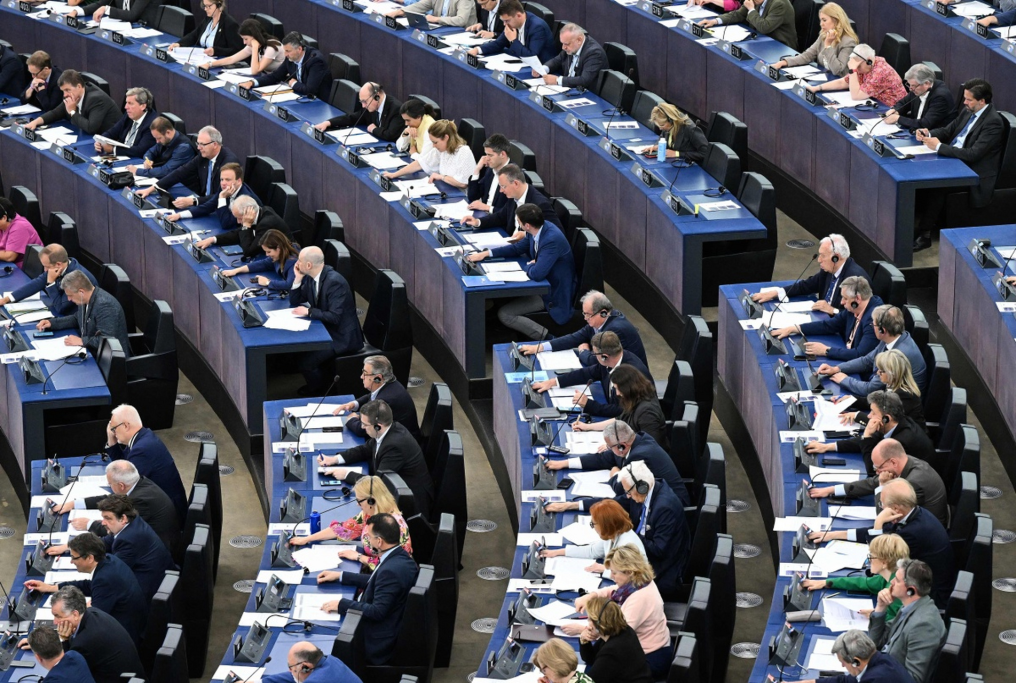
Photo | The October 4 vote in the European Parliament showed that a five-year "anti-dumping" tariff on Chinese new energy vehicles has become inevitable
Of particular note is that Spain voted in favor in a consultative vote in July but abstained in the final vote on October 4. Especially since Spain's current Prime Minister Pedro Sánchez recently visited China and publicly opposed tariffs on China.
Slovenia and Germany, which voted against, had both abstained in July but ultimately switched to voting against.
Who loses and who benefits
A significant portion of the countries that voted against the tariffs are old faces that have been at odds with China within the EU, as well as countries like the Baltic states and Poland that act as proxies for the United States. Notably, France and Italy, both with large populations and considerable industrial and economic strength, are also included.
Both France and Italy have domestic automotive manufacturing industries and have joint venture factories in China. Similarly, both have struggled to maintain a foothold in the Chinese market amidst the tide of "joint venture retrenchment." Fiat, for example, exited China in 2018, while French cars have seen a comprehensive market contraction since 2019.
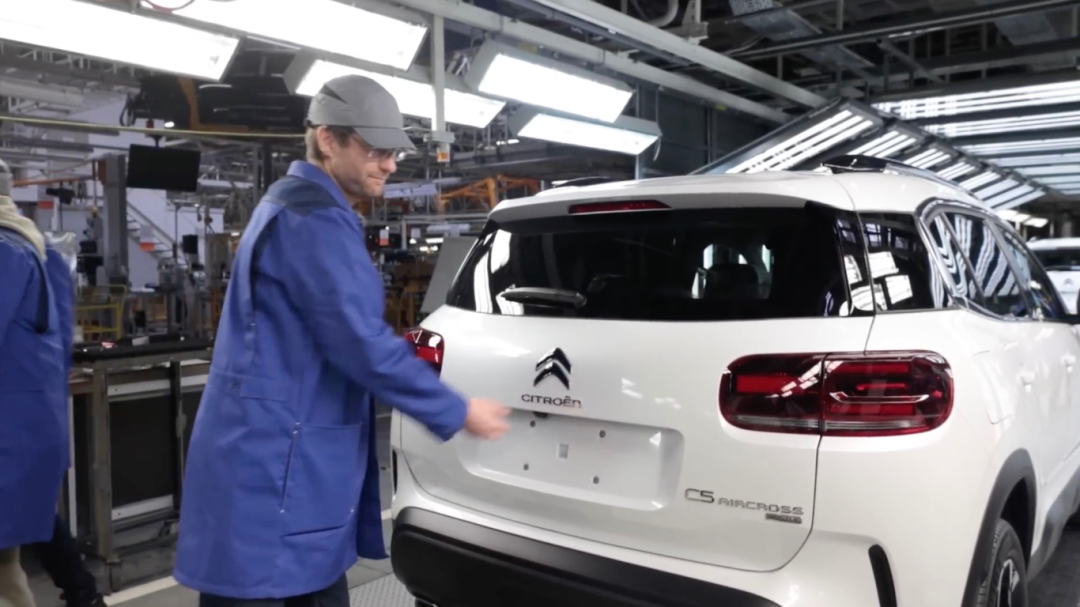
Photo | With French cars occupying a negligible share of the domestic market, France initiated this round of tariffs without hesitation. Countermeasures, of course, could extend beyond the automotive industry, potentially escalating into a trade war
France can be considered the direct initiator of this round of EU pressure on China's automotive industry.
China and France once shared common interests in the automotive industry. However, as French automakers struggled in the Chinese market, French cars became marginalized, and France's economy was undergoing significant post-COVID adjustments. For French President Emmanuel Macron and his government, who have been striving to project a tough economic image for France and Europe, targeting "Chinese electric vehicles" was not unexpected.
Italy faces a similar situation – with the disappearance of previously shared interests and the threat of Chinese new energy vehicles sweeping the European market, it was only natural for Italian politicians to take a swipe at Chinese automakers.
Among the five countries that voted against the tariffs, aside from Slovenia and Malta, which have traditionally good relations with China, Germany's reasons are self-evident. Regardless of their political affiliations, German companies, particularly automakers, have deep and extensive interests in China.
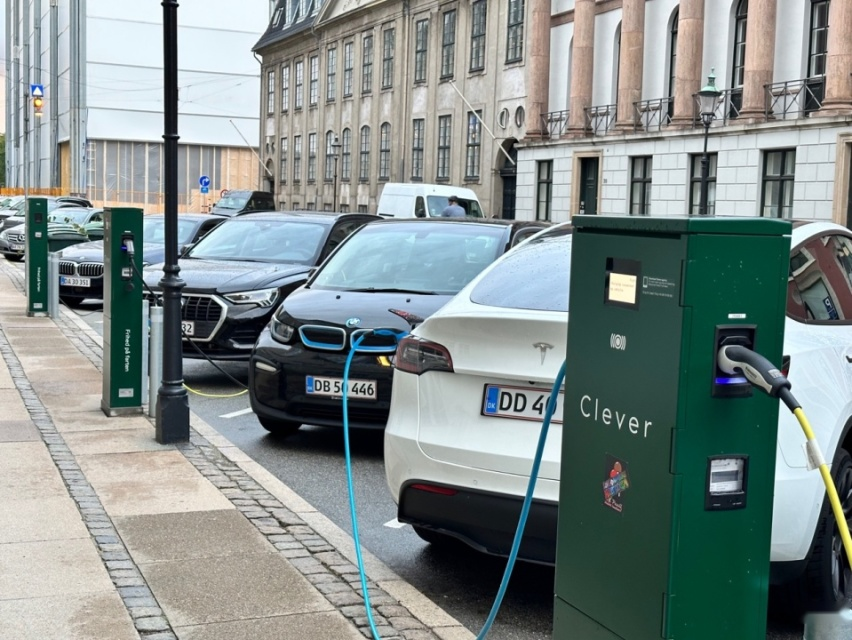
Photo | In the face of competition from Chinese and American new energy smart cars, European automakers' decline in this field is evident
However, from another perspective, given the increasing difficulties faced by German cars in the Chinese market, preventing Chinese-made new energy vehicles from entering Europe could be beneficial to German automakers in consolidating their European base. Notably, Tesla, a rival from the United States, will also be subject to the tariff on its Chinese-made vehicles.
Immediate Challenges
Of course, we should not take Lindner's comments too seriously. Germany's current situation is precarious – concerned about losing interests in China while also worried about the influx of Chinese new energy vehicles shaking its foundations in Europe.
As for Hungary and Slovakia, apart from their traditional friendship with China, they have also undertaken significant investments from domestic automakers in recent years, establishing factories in their countries and creating thousands of jobs.
At this point, one might assume that the attitudes of these two countries towards the tariffs are clear given their significant economic interests.
Indeed, both Hungary and Slovakia voted against the anti-dumping investigation and tariff plan, but from a national interest perspective, the measures are somehow aligned with their interests. With China's highly efficient domestic supply chain and support system, only substantial tariffs can reduce the strong price advantage of Chinese-made cars in the European market and highlight the significance of their European factories for Chinese automakers.

Photo | Chinese automakers' investment projects in Hungary are progressing steadily, with new energy buses already in service in Budapest
Another pressing issue is that European automakers and the entire automotive industry face severe challenges due to the loss of access to cheap energy from Russia and the clear disadvantage in the new energy vehicle race.
Whether it's Volkswagen, BMW, or Mercedes-Benz in Germany, or Stellantis Group, which owns numerous European automotive brands, the primary challenge is to address immediate issues. They must contend with rising labor and energy costs while catching up in new energy and smart vehicle technologies.
The Stellantis Group has ensured profitability through decisive layoffs in the past two years and is now rumored to be considering selling some of its automotive brands. Volkswagen, meanwhile, is embarking on a path of layoffs and plant closures...
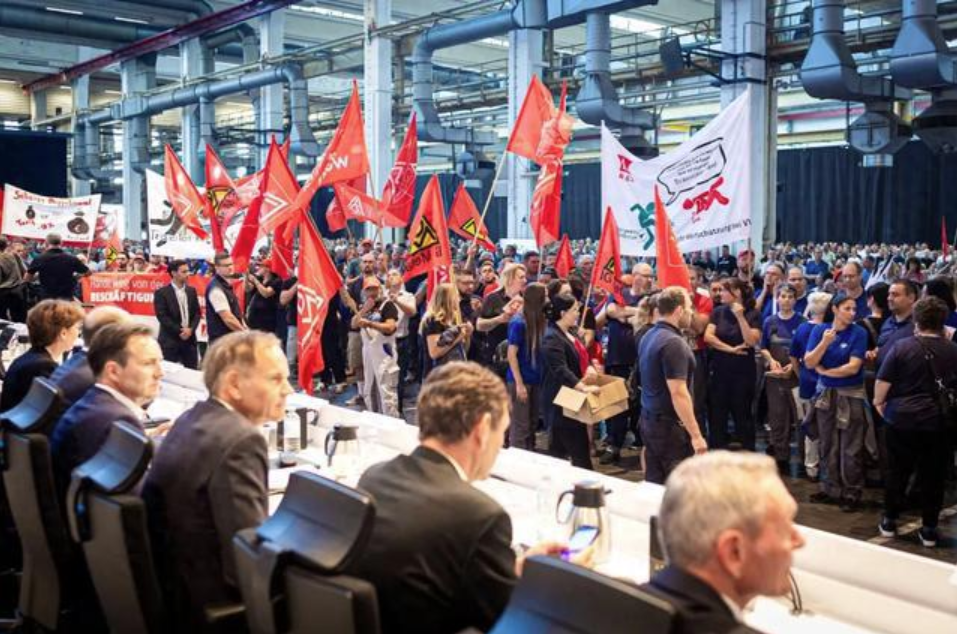
Photo | It's really... Unbearable...
As the situation becomes increasingly severe , a considerable number of European factories may need to shut down in the future. So, at this juncture, erecting tariff barriers, regardless of whether they can effectively bridge the gap between European automotive technology and its Chinese and American competitors in the new energy transition, can at least ensure that factories facing closure are quickly taken over and revitalized – a pressing need for safeguarding jobs across Europe.
It must be emphasized here that while the EU's tariff policy may seem similar to the United States' direct targeting of Chinese new energy vehicles, there are significant differences.
The latter's tariffs, both in terms of rates and marginal measures, are more extreme, reflecting a clean-cut approach. For example, during a recent campaign speech, Donald Trump openly threatened that even if Chinese automakers moved their factories to Mexico, none of their vehicles would be allowed into the U.S. market.
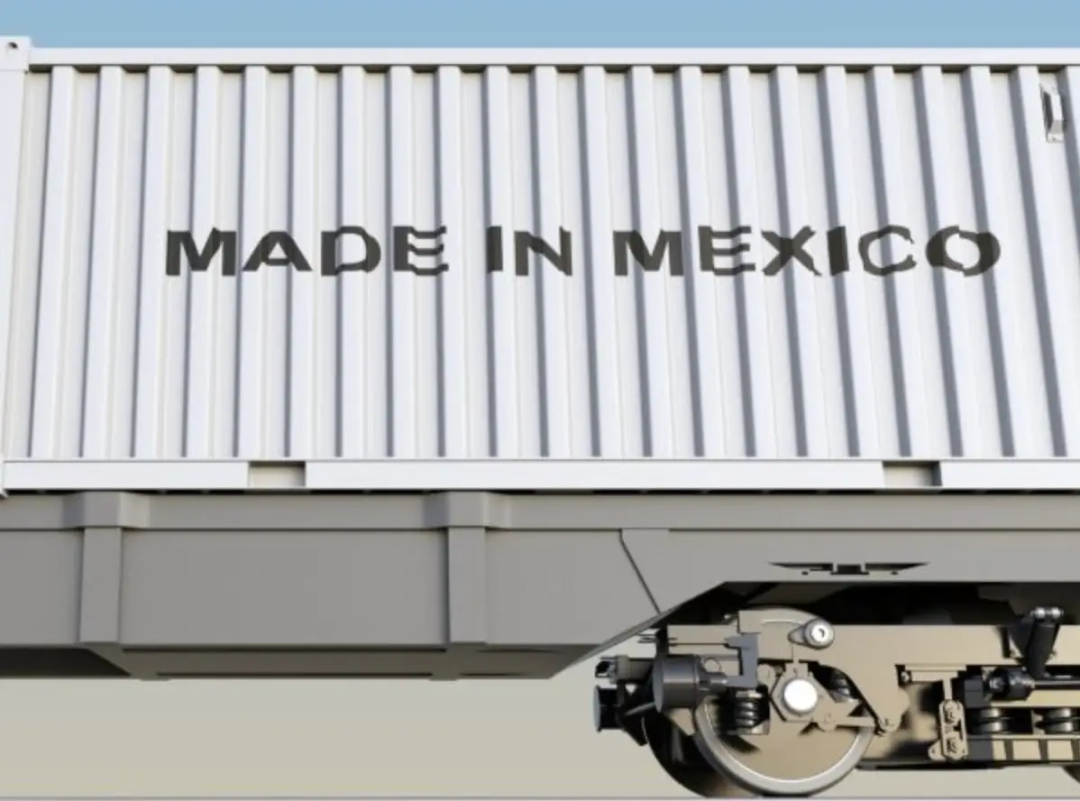
Photo | Both Democrats and Republicans will seek to block Mexico as a backdoor entry point for Chinese cars into the U.S. market in the future
In contrast, the EU's so-called anti-dumping tariffs seem more like a negotiation with Chinese companies: "You've made a lot of money here, haven't you? You can make money, but you can't take all the profits for yourself. You have to share them with our companies."
Specifically, this means relocating assembly plants and parts of the supply chain to Europe, boosting local employment and the overall technological level of new energy smart vehicles.
The process and outcome of the final vote in November are almost predictable. The European Parliament will likely compromise on the current maximum tariff rate of 36.3%, and China and the EU will enter into further negotiations on how to expand cooperation in the current situation. The goal of these negotiations will undoubtedly be joint ventures – Chinese companies entering Europe to initiate joint projects.
In fact, officials from European countries and even the EU have already made various overt and covert statements expressing their hope that Chinese companies will transfer technology to Europe. This echoes China's "market for technology" principle from four decades ago, when the Chinese government was determined to revitalize its automotive industry. This time, however, Chinese automakers will be reversing the path taken four decades ago and heading to Europe.
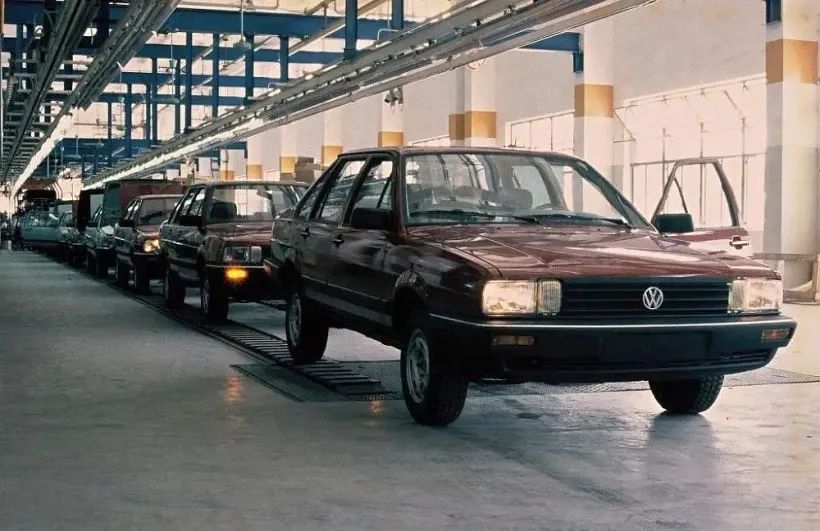
Photo | History repeats itself time and again...
If we take a calm approach, this is not a matter of right and wrong. After all, with the development of China's automotive manufacturing industry in 2024, it is imperative for independent brands to venture overseas. While risks are inevitable, Southeast Asia, while close by and relatively low-risk, has limited capacity.
After all, expanding into Europe is preferable to expanding into India, isn't it?







